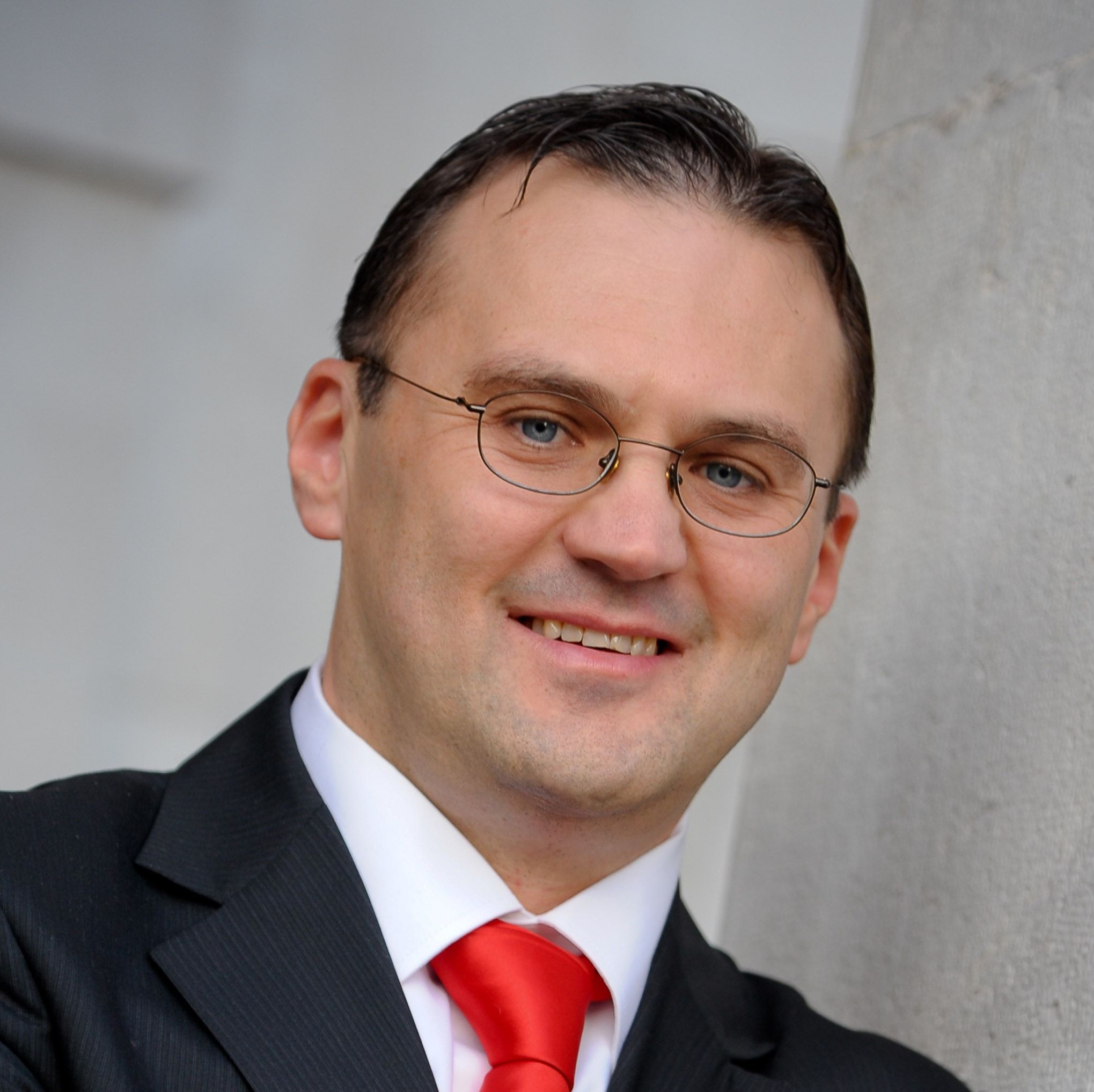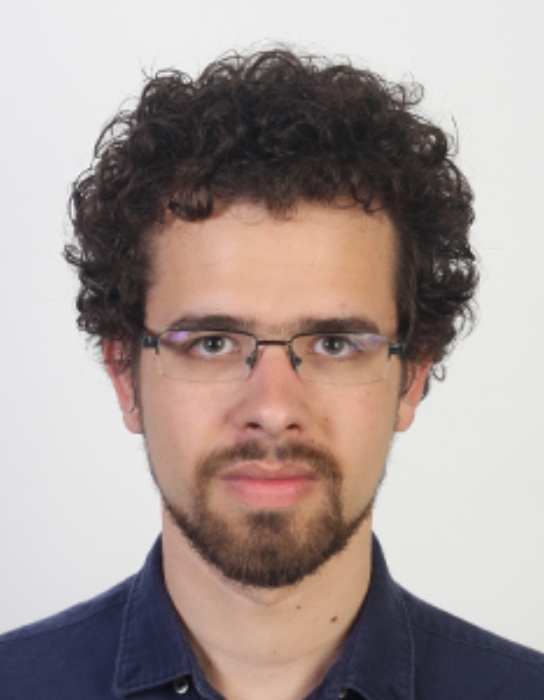Odjel za antene i širenje elektromagnetskih valova
Hrvatska sekcija IEEE, Odjel za teoriju i primjenu mikrovalova (MTT), Odjel za antene i širenje elektromagnetskih valova (APS), Združeni odjel AES i GRS, Odjel komunikacijskih sustava HATZ te Zavod za radiokomunikacije Fakulteta elektrotehnike i računarstva pozivaju vas na predavanje
“Dealing With Functional Complexity with Innovative Methodological Approaches (Optimization Techniques, Learning-by-examples Methods, and Compressive Sampling)”
koje će održati prof. Andrea Massa, profesor na University of Trento, Trento, Italija.
Predavanje će se održati u petak 25. listopada 2013. u 14 sati u prostoriji C12-02 (Seminar, XII kat). Sažetak predavanja i životopis predavača pročitajte u nastavku obavijesti.
Andrea Massa received the "laurea" degree in Electronic Engineering from the University of Genoa, Genoa, Italy, in 1992 and Ph.D. degree in electronics and computer science from the same university in 1996. From 1997 to 1999 he was an Assistant Professor of Electromagnetic Fields at the Department of Biophysical and Electronic Engineering (University of Genoa) teaching the university course of Electromagnetic Fields 1. From 2001 to 2004, he was an Associate Professor at the University of Trento. Since 2005, he has been a Full Professor of Electromagnetic Fields at the University of Trento, where he currently teaches electromagnetic fields, inverse scattering techniques, antennas and wireless communications, and optimization techniques.
At present, Prof. Massa is the director of the ELEDIA Research Center at the University of Trento. Moreover, he is Adjunct Professor at Penn State University (USA), and Visiting Professor at the Missouri University of Science and Technology (USA), at the Nagasaki University (Japan), at the University of Paris Sud (France), and at the Kumamoto University (Kumamoto - Japan). He is a member of the IEEE Society, of the PIERS Technical Committee, of the Inter-University Research Center for Interactions Between Electromagnetic Fields and Biological Systems (ICEmB), and he has served as Italian representative in the general assembly of the European Microwave Association (EuMA).
His research work since 1992 has been principally on electromagnetic direct and inverse scattering, microwave imaging, optimization techniques, wave propagation in presence of nonlinear media, wireless communications and applications of electromagnetic fields to telecommunications, medicine and biology. Prof. Massa serves as an Associate Editor of the IEEE Transactions on Antennas and Propagation.
Abstract
In the last decades, the extraordinary growth of the computational capabilities has led to suppose that any problem, despite its complexity, could be effectively dealt with by means of generic numerical optimization strategies. However, many times such techniques are used as “black-box” tools without an adequate knowledge of their peculiarities and functionalities. Therefore, sub-optimal solutions can be obtained or the achievement of reliable solutions prevented, especially when dealing with the optimization of complex functionals.
In order to avoid these drawbacks, starting from the knowledge of the physics of the problems at hand and the available a-priori information, the choice of the most suitable approach is a crucial point enabling the effective retrieval of the problem solution.
In this talk, a review of the most recent techniques developed at the ELEDIA Research Center and suitable to deal with functional complexity in engineering electromagnetics is presented. In particular, indications will be given about the use of optimization techniques, based on Evolutionary Algorithms (EAs), able to find the global best solution when optimizing - min/max - a cost function; Learning-by-Example (LBE) approaches (e.g., SVM, ANN) suitable for regression or classification; Compressive Sensing (CS) techniques, adapt for reducing the sampling rate when representing signals as well as for reconstructing the original signals from the samples.


